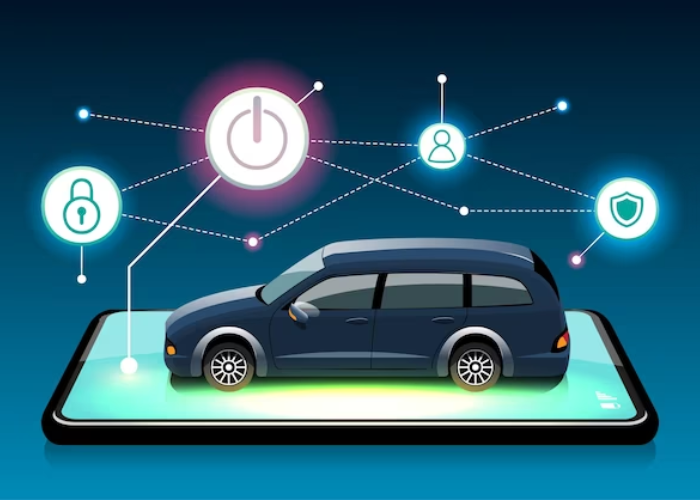The Internet of Things (IoT) is an exciting and rapidly developing field that is poised to revolutionize the way we live, work, and play. The concept of IoT is based on the idea that everyday objects can be connected to the internet and communicate with each other, allowing for unprecedented levels of automation, convenience, and efficiency. In this blog, we will explore the concept of IoT in more depth, including what it is, the benefits and challenges of connectedness, the security and automation concerns that come with it, and some examples of how it is being used in everyday life. We will also discuss the potential implications of this technology for the future and how we can prepare for the changes that it brings.
What is the Internet of Things?
The Internet of Things is a term used to describe the interconnection of devices, machines, and other physical objects that are embedded with electronics, software, sensors, and network connectivity. This allows them to collect and exchange data, and in turn, be controlled remotely from anywhere in the world. The power of IoT lies in its ability to connect objects and people, allowing for a level of automation and control that was not previously possible. The potential applications of this technology are vast and wide-ranging, from connected home appliances to smart cities, and from industrial automation to medical/healthcare applications.
The Benefits of Connectedness
The benefits of having an interconnected world are immense. IoT can lead to increased efficiency, improved safety, faster response times, and better decision-making. It can also improve customer service, reduce expenses, and create new business opportunities. For example, connected cars can optimize routes and reduce traffic congestion; connected homes can automate energy usage and provide greater convenience; and connected cities can improve public safety and provide better access to services.
Challenges to Connecting Our World
Despite the many potential benefits of IoT, there are also some challenges that must be addressed. One of the biggest challenges is the cost of implementation. Setting up an IoT infrastructure requires a significant investment in hardware, software, and data storage, as well as the cost of maintaining and upgrading the system. Additionally, there are security concerns that must be addressed, such as protecting sensitive data from unauthorized access or manipulation.
Automation and Security Concerns
The automation of everyday tasks can lead to increased efficiency and convenience, but it also comes with certain risks. As more and more of our lives become automated, there is a need for more robust security measures to ensure that our data and personal information remain safe and secure. Additionally, automated systems can be vulnerable to cyberattacks and malicious hackers. It is therefore essential that we have adequate security measures in place to protect our data and systems from unauthorized access, manipulation, or misuse. One way to do this is to use a PRTG OPC UA server.
Examples of Internet Of Things In Everyday Life
The Internet of Things is already being used in a variety of ways in everyday life. Smart homes are becoming increasingly popular, with connected appliances, security systems, and entertainment systems allowing for greater convenience and control. Smart cities are also being developed, with connected traffic systems, energy grids, and public services providing more efficient and effective services. Additionally, connected cars are becoming more common, with many car manufacturers offering connected features that allow for increased safety and convenience.
Preparing for the Future
The Internet of Things is set to have a major impact on our lives in the coming years, and it is important that we are prepared for the changes it will bring. This means not only investing in the necessary infrastructure and technologies but also ensuring that our data is secure and our systems are safe from cyberattacks. Additionally, it is important to think about how we can use this technology to improve our lives and make our world a better place.
Conclusion
The Internet of Things is a rapidly developing field that has the potential to revolutionize the way we live, work, and play. The benefits of connectedness are vast, from increased efficiency and safety to improved customer service and new business opportunities. However, there are also some challenges that must be addressed, such as the cost of implementation and security concerns. By investing in the necessary infrastructure and technologies, as well as ensuring our data is secure, we can prepare for the changes that IoT will bring and take advantage of the many benefits it has to offer.




